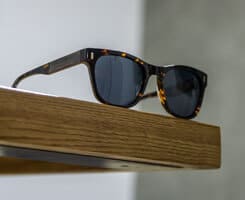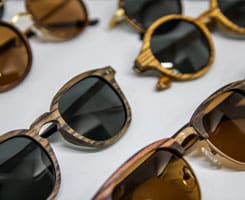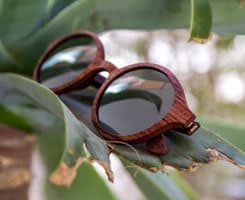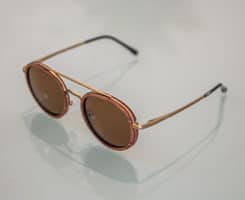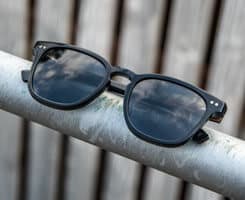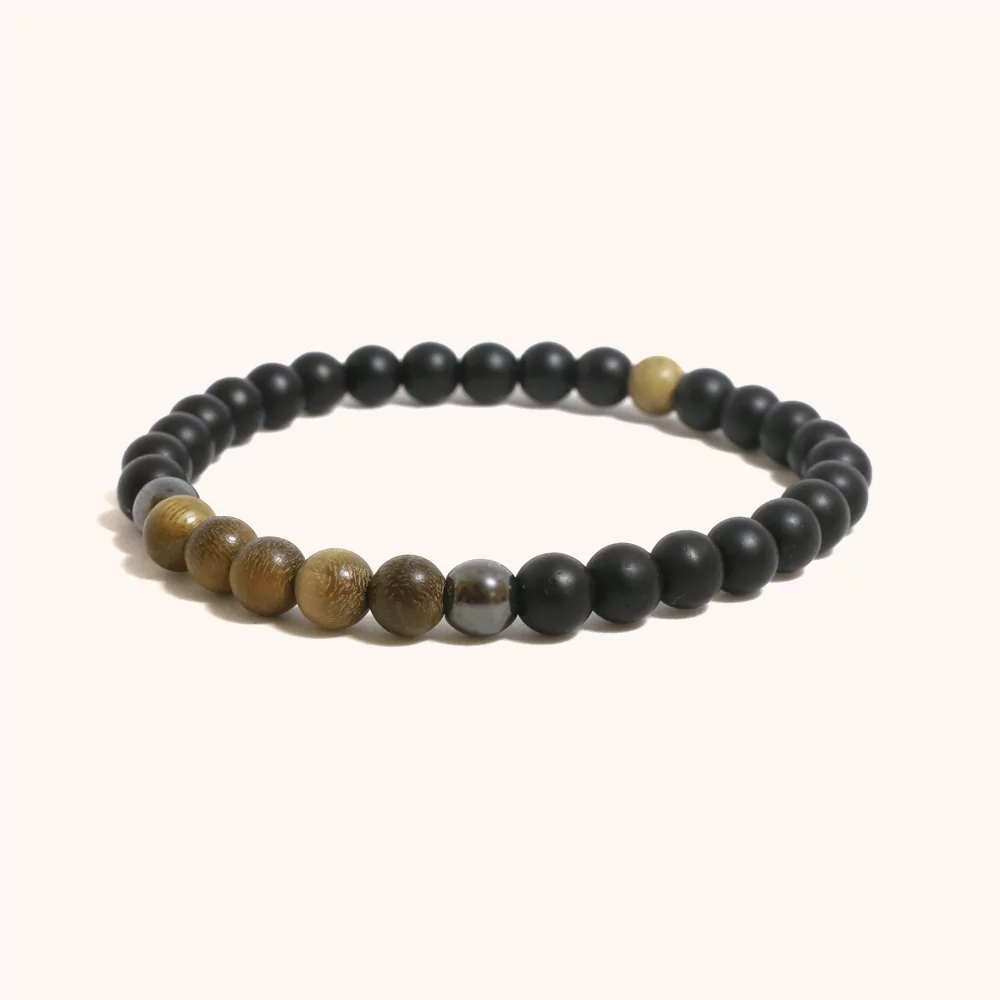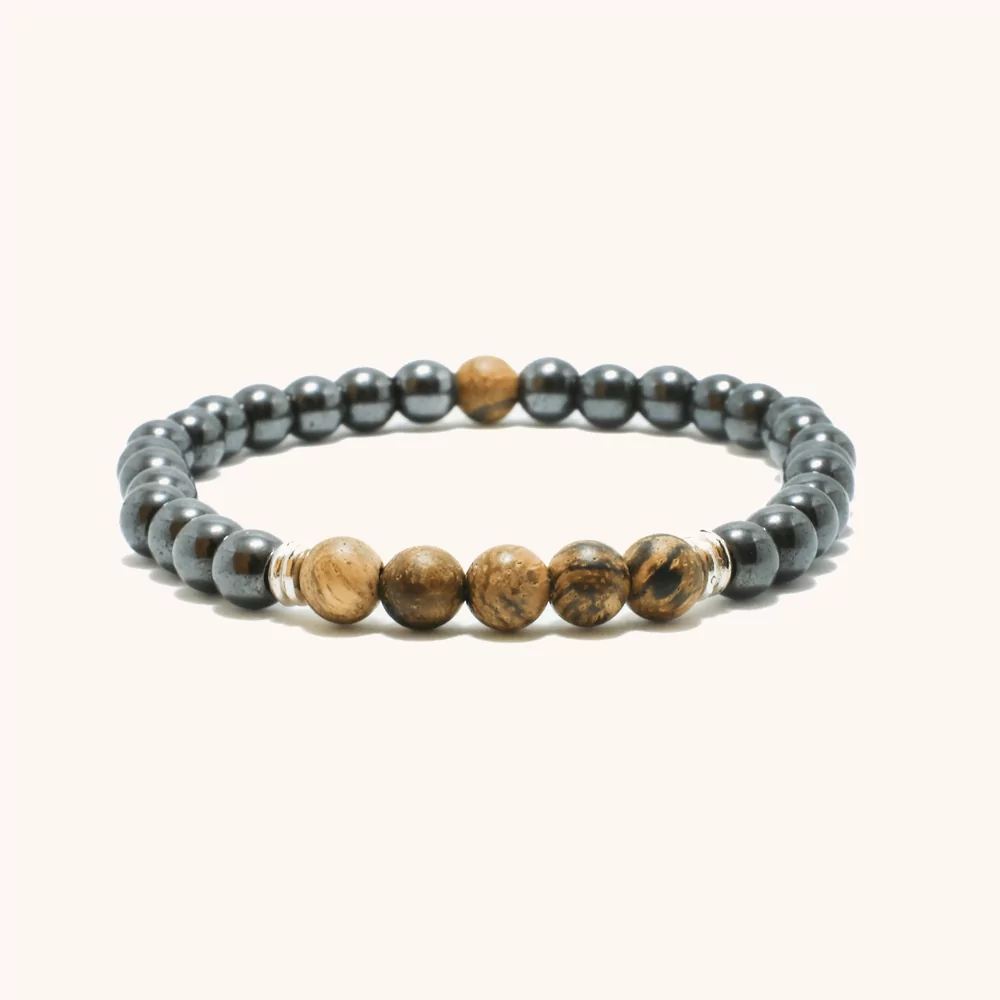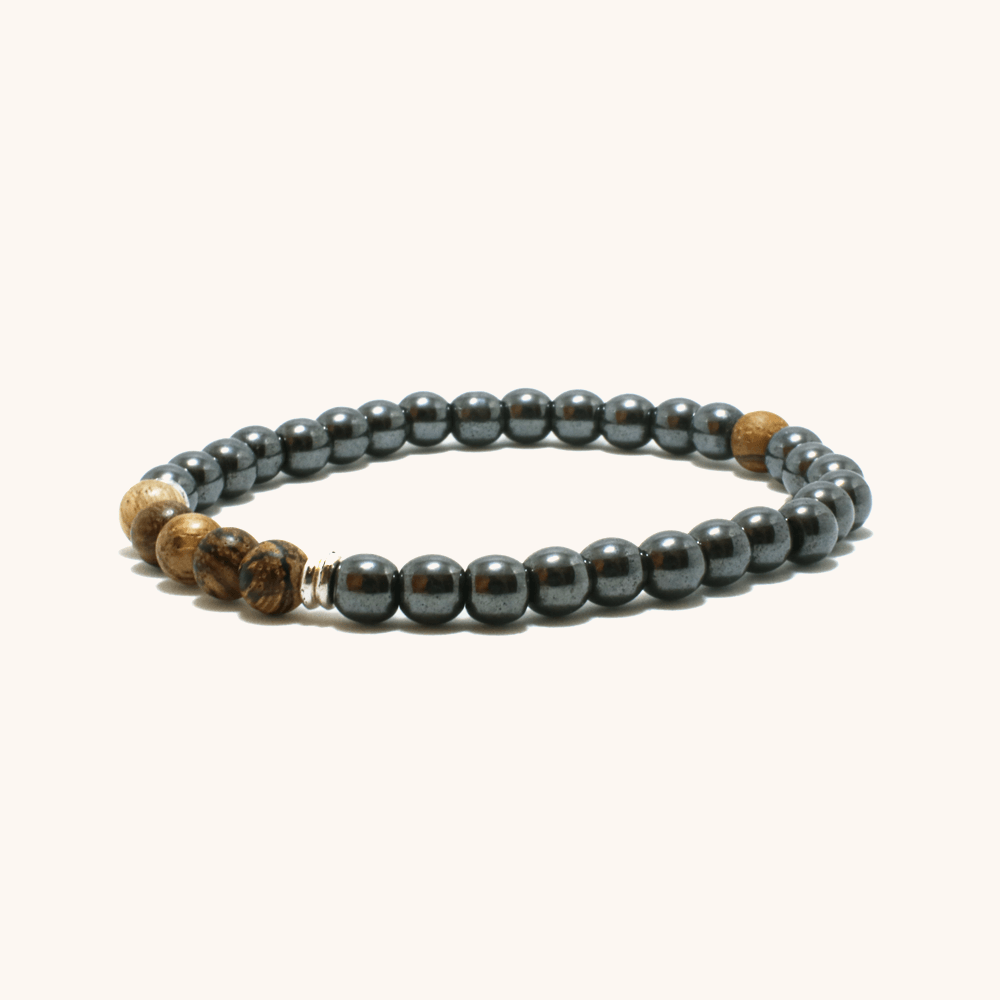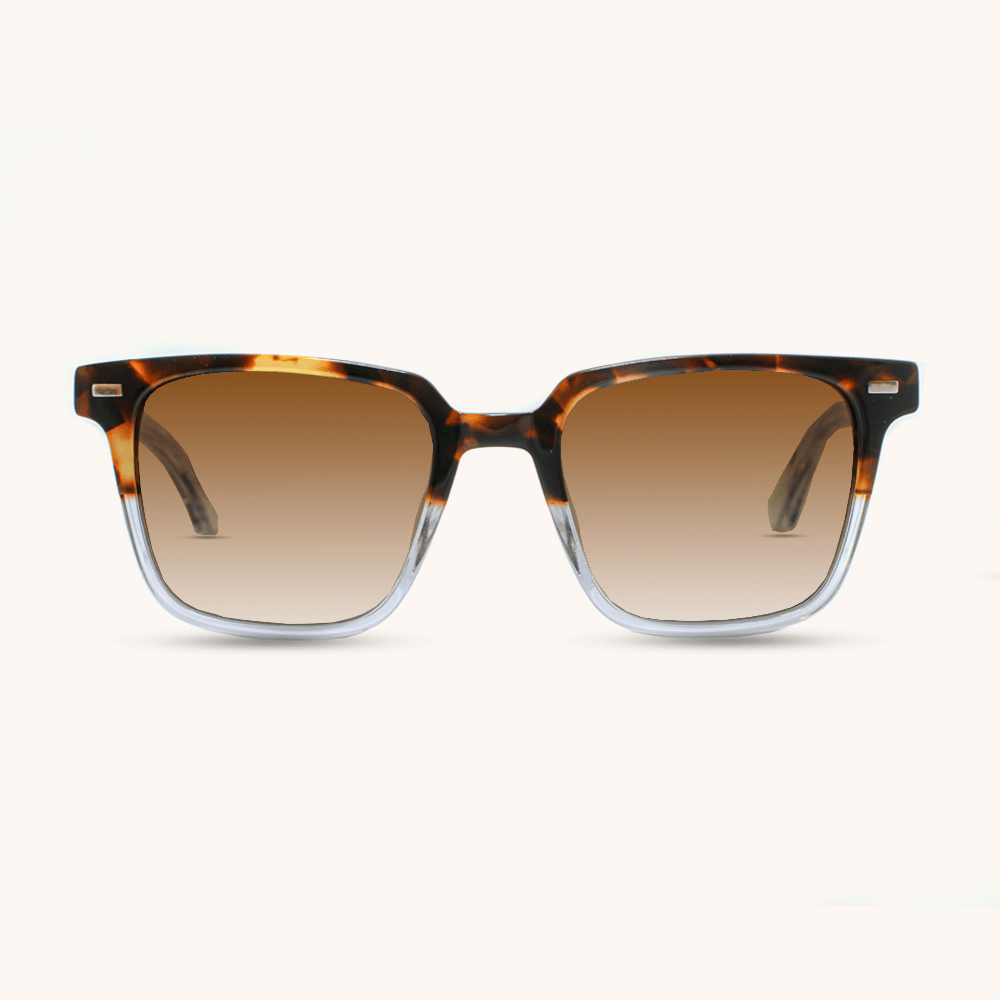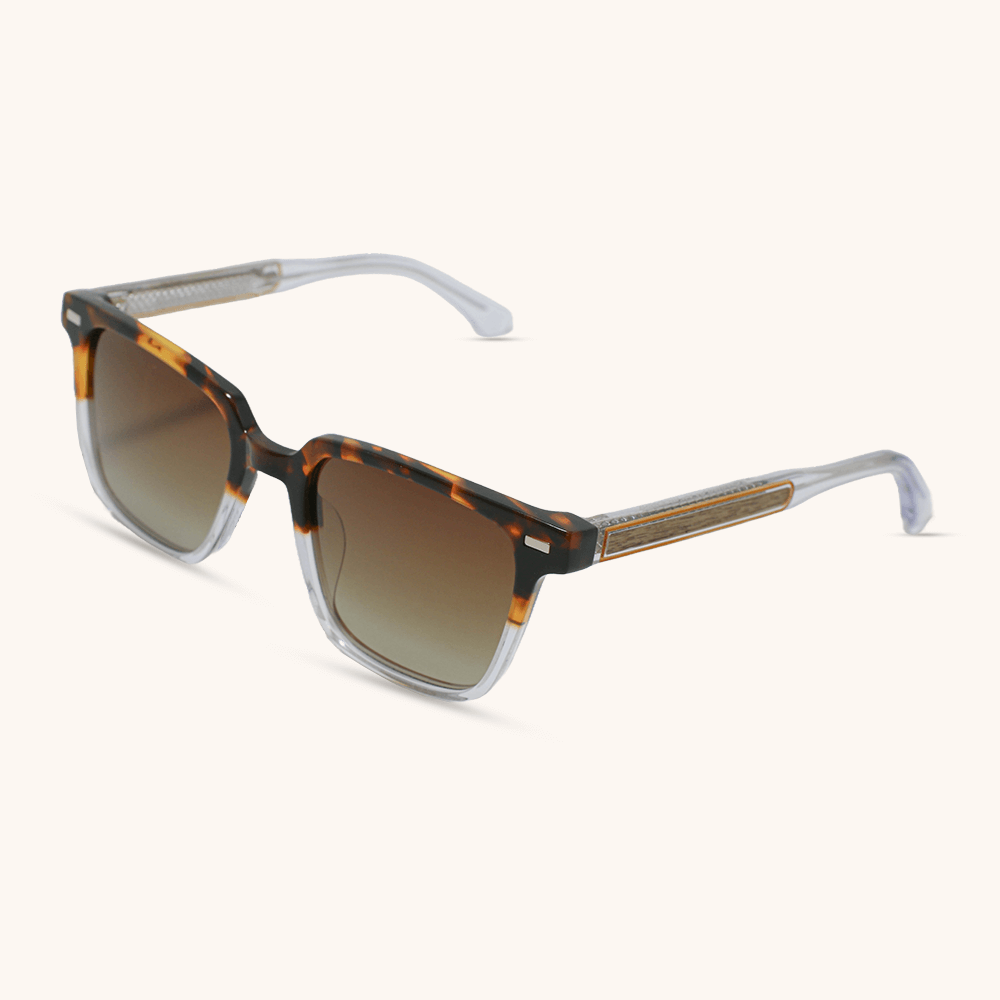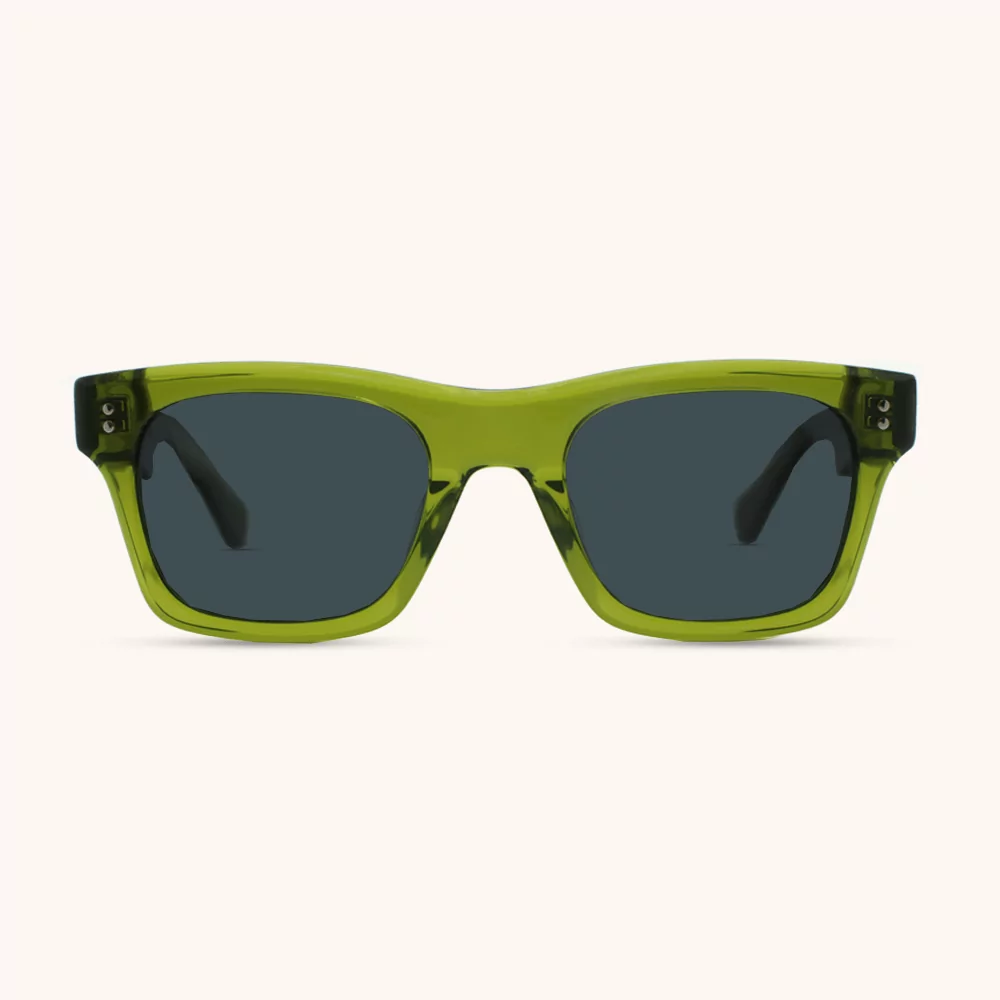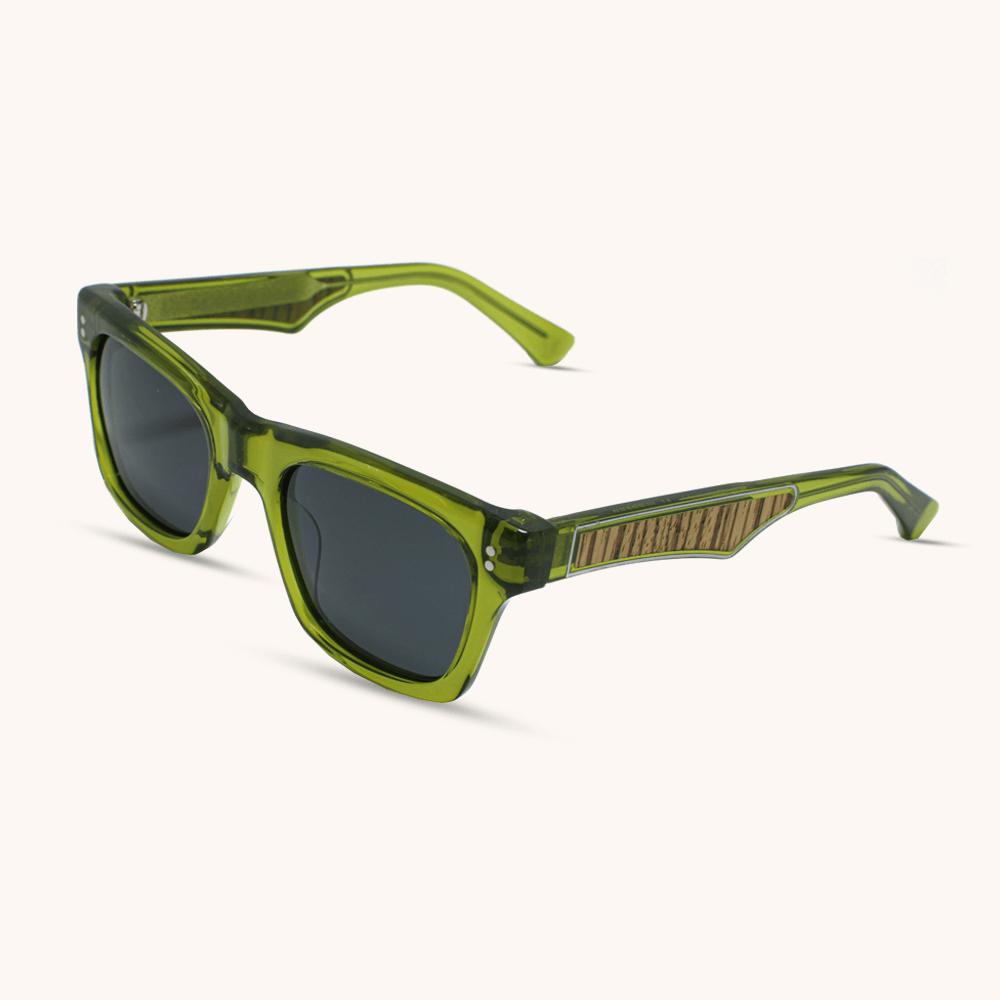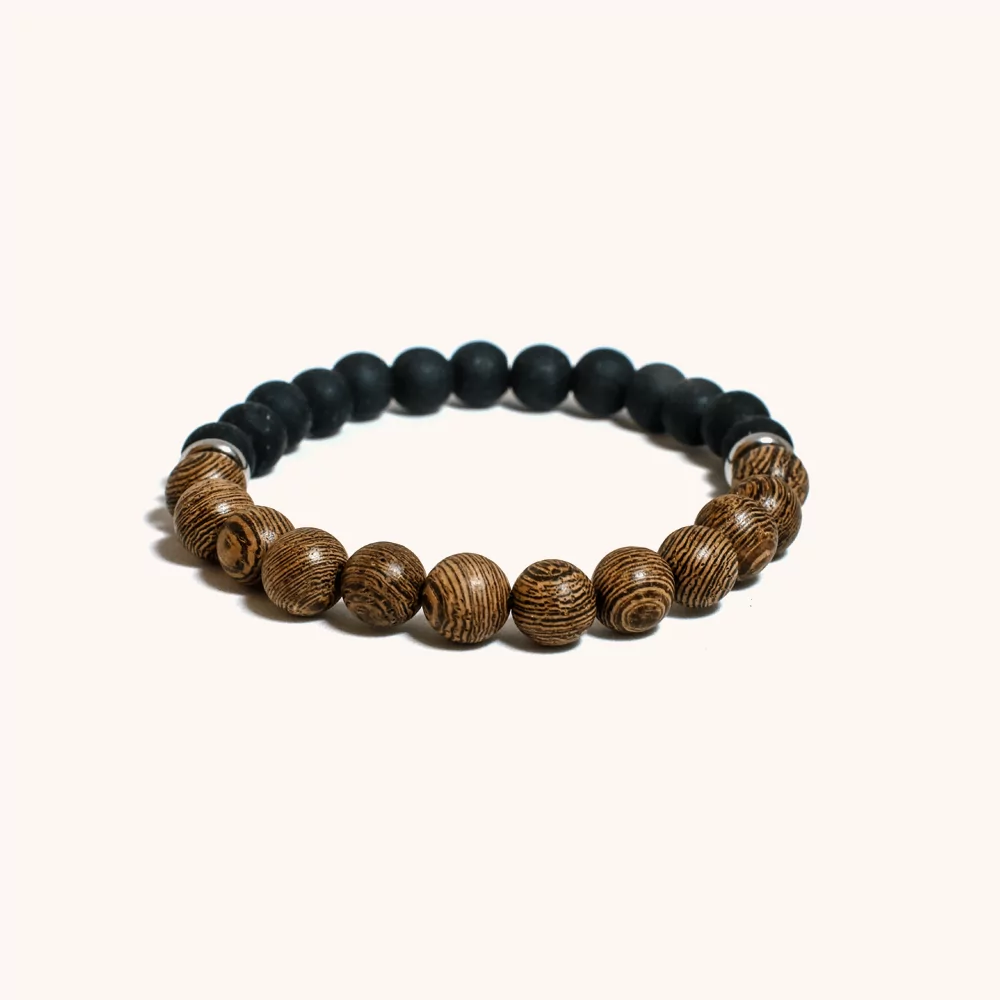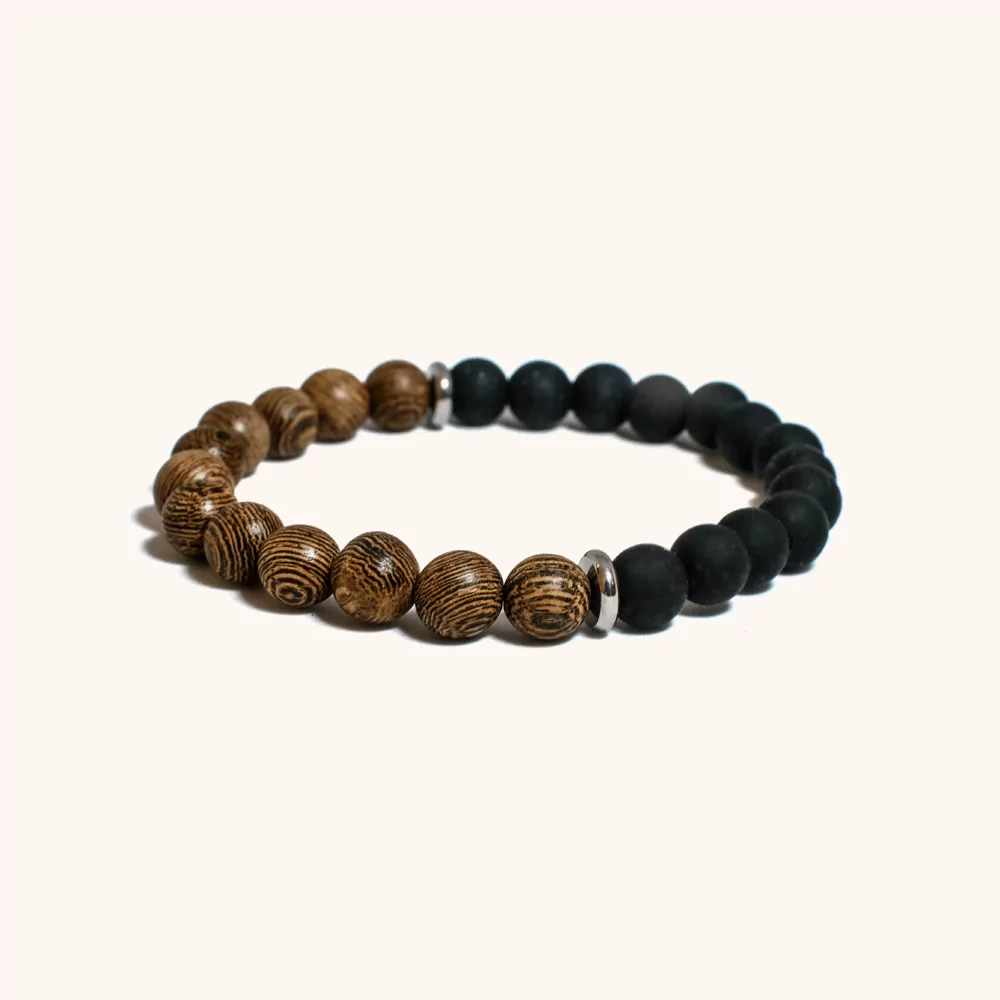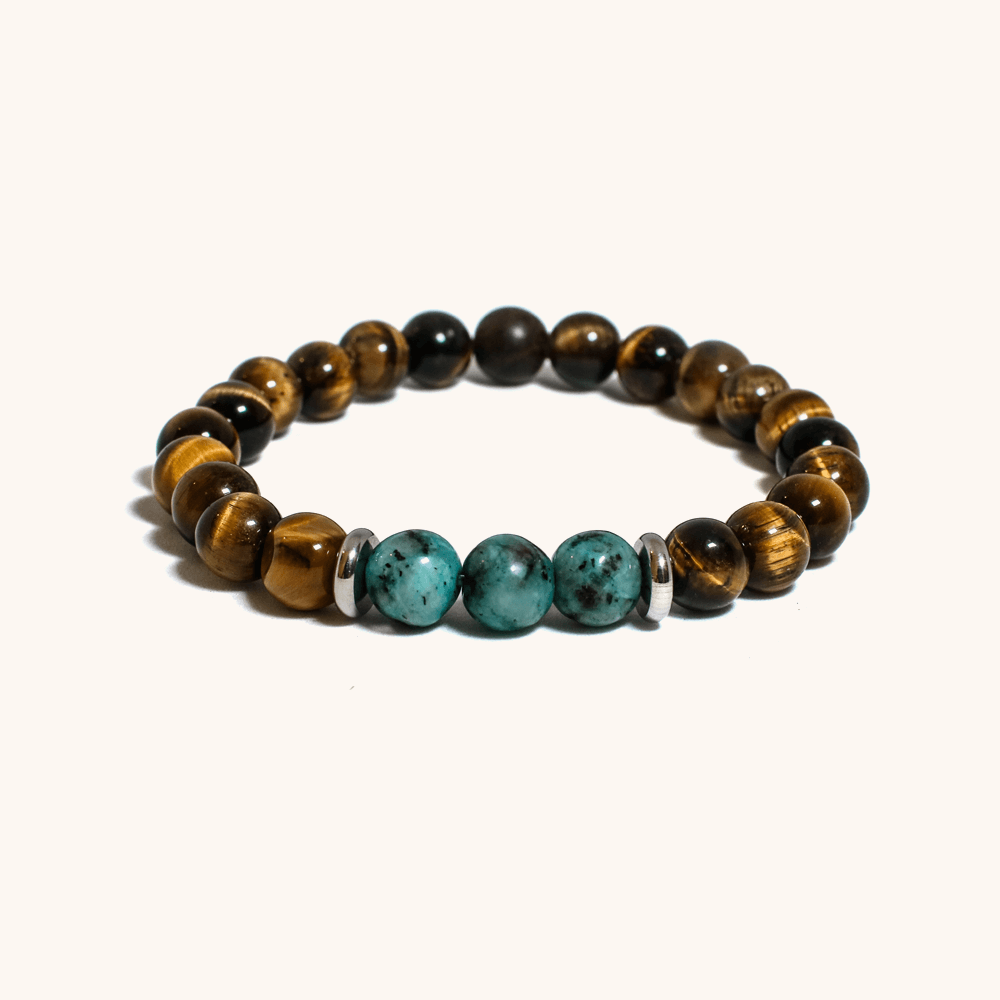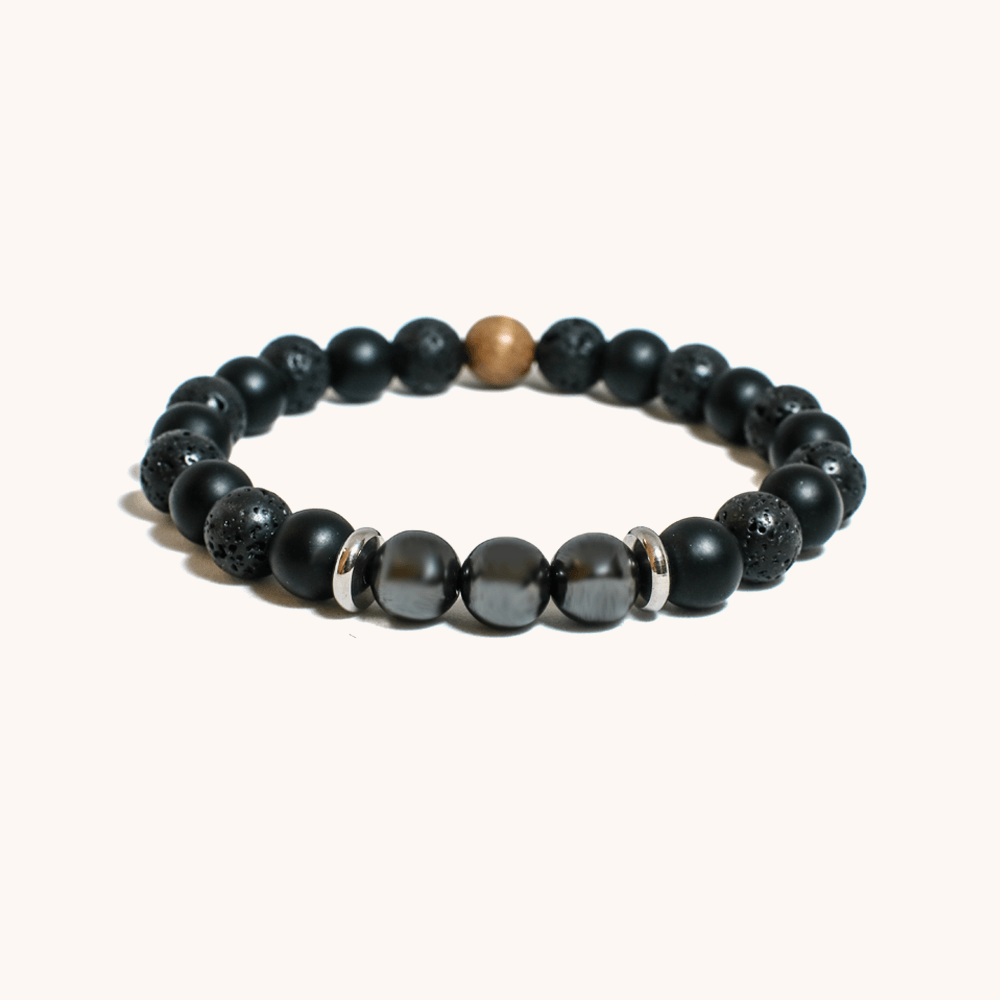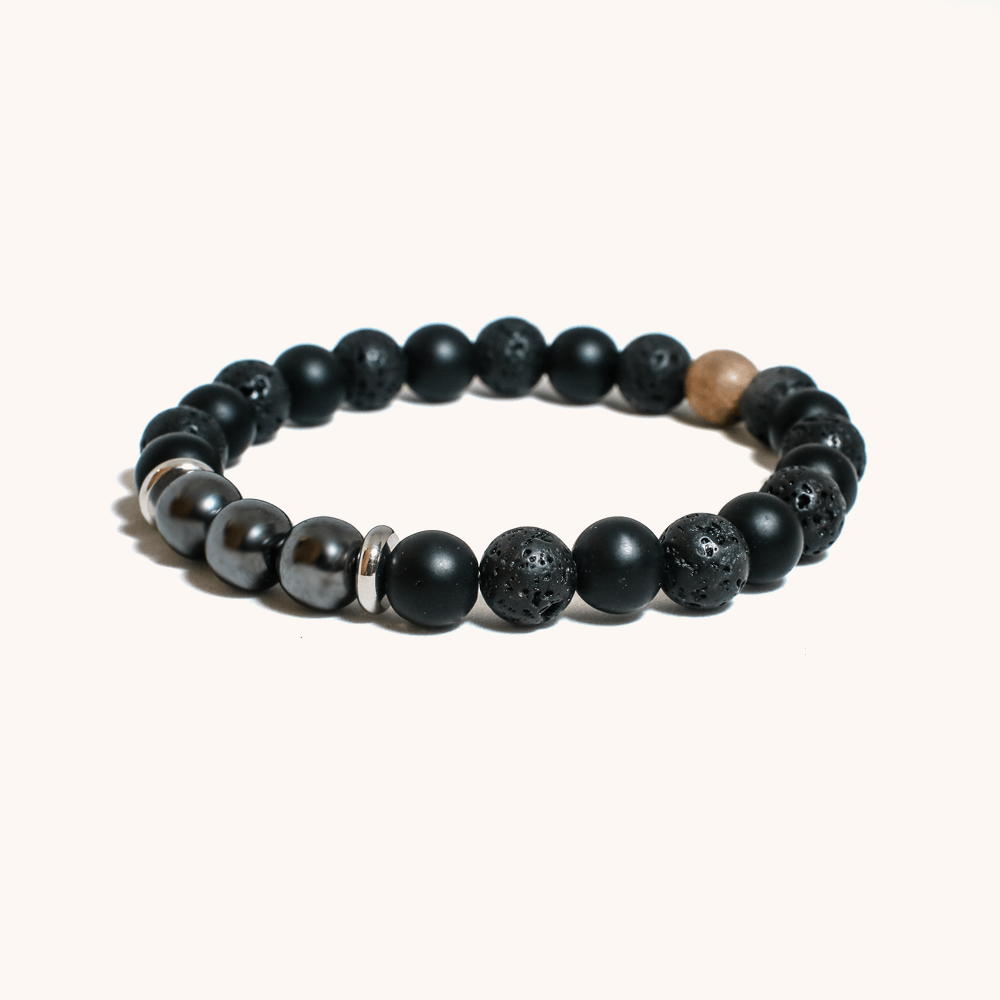✈ Free Shipping Worldwide
on orders over $75
When it comes to physical activities, sunglasses are an essential accessory. Not only do they protect your eyes from the sun’s rays, but they also help you stay focused on the task at hand. The right pair of sunglasses can make a huge difference in your performance and comfort levels while participating in sports or other physical activities. When choosing a pair of sunglasses for sport, there are several factors to consider such as UV protection, lens type, frame material, and fit. With so many options available on the market today, it can be difficult to decide which one is best for you. In this article, we will discuss the different types of sunglasses that are recommended for physical activity and why they are important to have when engaging in any kind of sport or exercise.
Introduction: Understanding the Benefits of Wearing Sunglasses for Outdoor Sports
The Benefits of Wearing Sunglasses for Outdoor Sports Playing outdoor sports can be a great way to stay in shape, enjoy nature, and have fun. But it’s important to protect your eyes while doing so. Wearing sunglasses is an effective way to protect your eyes from the sun’s harmful rays, debris, and wind. Not only can sunglasses protect your eyes from UV rays and other hazards, but they can also improve your performance when playing outdoors. Here are some of the benefits of wearing sunglasses for outdoor sports.
1. UV Protection: The primary benefit of wearing sunglasses for outdoor sports is that they protect your eyes from UV rays and other hazards. Sunglasses also help keep you cool, which is a great benefit when wearing them in the summer.
2. Wind Protection: The main benefit of wearing sunglasses for outdoor sports is that they offer wind protection. When playing outdoor sports, it’s important to protect your eyes from dust, debris, and wind at all times so you can stay focused on the game. Wearing sunglasses helps prevent these things from getting into your eyes while still giving you some protection from the sun’s harmful rays and wind.
3. Decreased Risk for Cat attracts: Wearing sunglasses for outdoor sports is linked to a decreased risk of developing cataracts. That’s because UV radiation from the sun damages the lens in your eye, which can cause problems with vision over time.
4. Self-confidence Boost: Wearing sunglasses for outdoor sports is associated with a boost in self-confidence and feelings of attractiveness. The sun doesn’t play favorites, so it can be difficult to even know when you’re looking your best without some assistance from your eyewear!
5. Protection from Harmful Light: When wearing sunglasses for outdoor sports, you can keep your eyes safe from harmful UV rays. This is especially important for people who have dry eye syndrome, as well as for kids, who are at risk of developing cataracts and other eye diseases from prolonged exposure to this type of light.
6. Protection from Harmful UVA/UVB Rays: Wearing sunglasses for outdoor sports can help to protect your eyes from the damaging effects of UVA and UVB rays that cause skin cancer.
7. Increased Energy Levels: Wearing sunglasses for outdoor sports is associated with increased energy levels and a decreased need for sleep because you’re getting more natural sunlight exposure through the lens of your sunglasses.
8. Provides a Buffer Zone: With this study, it’s shown that wearing sunglasses for outdoor sports decreases the discomfort of light-sensitive people who struggle with photosensitivity and temporary loss of vision caused by exposure to ultraviolet light.
9. Gives you a Cool Look: You will look cool when you wear sunglasses for outdoor sports because there are many styles to choose from and some of them even have unique colors like blue or purple if you’ve ever been on the sidelines watching an American football game, then you know just how important wearing sunglasses is! Wearing shades can make us feel more confident and help us avoid the sun’s harmful UV rays. So, grab your sunglasses and head to the game this weekend!
Check our Latest products!
What Features Should You Look For When Buying Sunglasses For Sport?
Polarized lenses are an essential part of any sports enthusiast’s gear. They reduce glare from the sun, allowing for clearer vision and less eye strain. Polarized lenses also increase visibility in bright conditions, making them ideal for outdoor sports such as skiing, snowboarding, golfing, or fishing. With their increased clarity and safety benefits, polarized lenses are a must-have for anyone playing sports outdoors.
Understanding Different Types of Sports Sunglasses & Their Benefits
Introduction Sports sunglasses are specialized eyewear designed to protect athletes’ eyes from the sun’s glare and harmful UV rays while playing their respective sports. Sports sunglasses come in a variety of styles, materials, and lens types, each offering its own unique benefits. This article will discuss the different types of sports sunglasses, their features and benefits, and how to choose the best pair for your needs. Choosing the best sunglasses for your sport can be tricky as there are many factors to consider. The main point to remember is that a pair of sunglasses should protect your eyes from the sun’s glare and harmful UV rays while playing or training in whatever sport you participate in. Also, a pair of sunglasses should be comfortable to wear and offer protection from debris in the air. Outdoor Sports Sunglasses Outdoor sports include bicycling, hiking, running, skiing, and other endurance-based sports that require lots of time outdoors. If you’re an outdoor enthusiast, you know how important it is to protect your eyes from the sun’s glare and harmful UV rays while in your element. The best outdoor sports sunglasses are specially designed to offer high-performance protection against these sources of damage. These sunglasses usually come with UV-rated lenses that provide 100% UVA/UVB protection, which is highly beneficial for outdoor activities. Goggles for CyclingCycling is a common outdoor sport, and many brands make cycling goggles that provide both protection and ventilation. Cycling goggles are specifically designed to offer the highest level of safety by keeping the eyes safe from flying debris and the sun without compromising on comfort. This is due to their lightweight construction, which prevents them from being too restrictive or heavy on your face while you’re on the bike. Additionally, they are available in a variety of colors so you can match your riding gear or personal style.

What Factors Should You Consider Before Purchasing a Pair of Sports Sunglasses?
1. Lens Material
The material used for the lenses of sports sunglasses is important, as it impacts the durability and performance of the sunglasses. Common materials used for lenses include polycarbonate, glass, and plastic. Polycarbonate lenses are lightweight and shatter-resistant, making them a great choice for active sports. Glass lenses are scratch-resistant, but are heavier than polycarbonate lenses. Plastic lenses are the least expensive option but are not as scratch-resistant or shatter-resistant as other materials.
2. Lens Shape
The shape of the lenses is also important, as it impacts the optics of the lens. The frame shape can impact how much light enters through the lens and how well light is filtered out by the lenses. Common shapes include round, oval, square, and rectangle. Round lenses are popular among athletes who want to maintain a lightweight sunglasses design while still providing good performance in terms of optical quality. Rectangular frames may be more appropriate for certain sports that require a different adjustment to see specific angles such as basketball or golf because they allow for easier adjustments versus square frames which can limit this ability. The majority of sports lenses are either square or rectangular in shape.
3. Frame Material
The frame material is what meets the eye, and can be made from metal, plastic, or a mixture of materials. Materials used vary depending on the intended use, with some sporting glasses being designed for outdoor fitness activities targeting visible light such as running and bicycling while others are designed for indoor environments where color correction is important like when playing an instrument in a band setting.
4. Lens Width
The lens width is the distance between the lens centers measured in millimeters. This measurement can help to determine how well a design will filter out certain wavelengths, specifically blue light.
5. Lens Height
Lens height indicates the depth in your sunglasses, with bigger lenses allowing for more depth of field and simultaneously increasing the field of view when looking through them.
6. Lens Width
Lens width indicates how wide the lenses are, with wider lenses providing you with more peripheral vision when looking through them.
7. Frame
The frame is the overall size of the lens and how it looks on your face.
8. Eye Size
Eye size is measured in millimeters and shows how wide an individual’s eyes are.
Can Body Sweat Destroy a Glasses Frame?
Sweat can be damaging to the frame of your glasses if not taken care of properly. Sweat contains salt, which can corrode metal frames and cause them to deteriorate over time. It can also cause lenses to become foggy or distorted. To prevent sweat damage, it is important to clean your glasses regularly with a gentle soap and water solution and dry them thoroughly with a soft cloth after each use. Additionally, wearing sweatbands or headbands while exercising may help keep sweat away from your glasses. Taking these precautions will help ensure that your glasses remain in good condition for years to come.

